A free mobile content and community site
mobclub
Created at Kerb
Worked on from 2004 to 2008
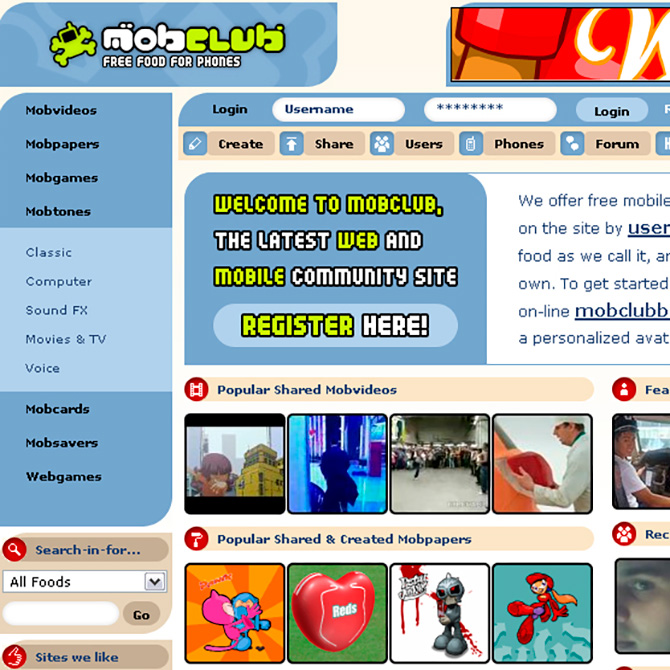
mobclub: An Experimental Web-Based Platform for User-Generated Mobile Content and Free Sharing
Summary
In 2004, before the iPhone’s 2007 launch, Kerb faced challenges in monetizing mobile content. At the time, the mobile market was dominated by companies like Jamster, which made huge profits selling overpriced ringtones and wallpapers—most infamously through Crazy Frog, which saturated the market.
Rather than competing in a tough market that required separate deals with mobile operators for reverse billing, we shifted gears. We transformed mobclub into a web-based platform where users could create, upload, and share free mobile content. The community-driven site became a hub for wallpapers, ringtones, and mobile content—all without the annoyance of Crazy Frog

Gallery
The Journey
The idea for mobclub 2.0 took root when I noticed that a new version of Flash could export images to a server, and we were already experimenting with FFMPEG for image modification. It sparked the question:
“Could users design mobile wallpapers online, save them to a server, and have the images optimized for all mobile phone screen sizes?”
The answer was a resounding yes! The biggest hurdle in creating mobile wallpapers was the wide variety of screen sizes and the technical requirements to make images pixel-perfect for different devices.
From that point, I took the lead in developing the vision and strategy for mobclub. Though it was a “downtime” project, it gave the team room to experiment and collaborate. The tech team developed the website and sophisticated image creation tools, while our designers and animators contributed compelling content to share with the community.
Using a pre-existing website framework that supported user registration, profiles, and forums from a previous multiplayer game project, we adapted it to include an online Flash-based image editor. This editor allowed users to create a “master” image, which the server would automatically resize to fit the screen dimensions of different mobile handsets. Over time, we expanded support to include more content types, including ringtones, animated greeting cards, and mobile games.
Engagement on the platform was encouraged through a Kudos system, where active users were rewarded, and ad revenue supported site maintenance.

Goals & Outcomes
By 2008, mobclub attracted around 150,000 unique users each month, who accessed free mobile content like wallpapers, ringtones, videos, and animated greeting cards. We also integrated free mobile games that were funded through in-game ads.
However, the rise of camera phones began to change user behavior. As more users started taking and using their own photos for wallpapers, the demand for third-party images dwindled. With the 2008 financial crisis, advertising revenues—our primary source of funding—declined significantly, and we ultimately shifted our focus to other projects, halting further development of mobclub.
Despite this, mobclub taught me invaluable lessons about creating large-scale, multifaceted web-based products from conception through to execution.

My Roles
I was the Product Lead for mobclub, overseeing everything from the initial concept and strategy to execution and continuous improvement. This included managing the technical team, defining the roadmap, liaising with stakeholders, and handling ad sales and site promotions.
My role also involved guiding the team in adapting to emerging technologies and user needs while maintaining a focus on the long-term vision of the product.
Pillars & Opportunities
The pillars of the product were both technical and strategic. Key components included:
Content Creation & Upload Tools: Without the ability to create and upload content, the product wouldn’t exist. We had to ensure that users could easily generate, share, and enjoy mobile-optimized content.
User Engagement & Support: The community aspect was essential. Users needed to feel empowered to use the tools and engage with the platform on any mobile device.
Monetization: Monetizing the product through ad revenue was the most challenging aspect, especially during the financial downturn. This was essential to turning mobclub from an MVP into a sustainable business.
While the project’s complexity posed its challenges, it also made mobclub an exciting and rewarding product to work on. The ever-evolving landscape of mobile content creation made the journey both dynamic and enriching.
Recap

Pillar 1 - Creation & upload
Pillar 2 - Community of users

Pillar 3 - User support

Pillar 4 - Monetization

More Featured Products

Clientwise
B2B SaaS Workflow Platform
A comprehensive workflow solution designed to streamline the creation, localization, and distribution of marketing materials. This platform empowers global marketing teams and partners to collaborate efficiently, ensuring consistent and timely delivery across multiple markets.
JollyApps
B2B Self-Service App Creation System
An intuitive platform that empowers marketing teams and publishers to quickly create and deploy a variety of consumer apps with minimal time and effort. Streamline your app development process and enhance your engagement strategies effortlessly.
nick jr. Leap
HTML5 Web and Mobile Learning App
A suite of curriculum-driven educational games designed for children aged 2-7, available on both web and mobile. Developed in-house and aligned with early learning objectives, this app was later acquired by Nickelodeon, reflecting its strong educational value and market appeal.
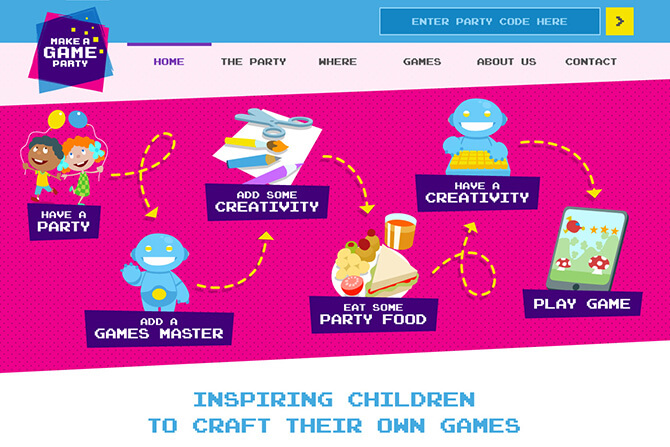
Make A Game Party
B2C Product Proof of Concept
An innovative platform that enables groups of children to transform their drawings and creations into interactive games. These games can be played both online and through a mobile app, offering a seamless, creative experience that bridges imagination and technology.
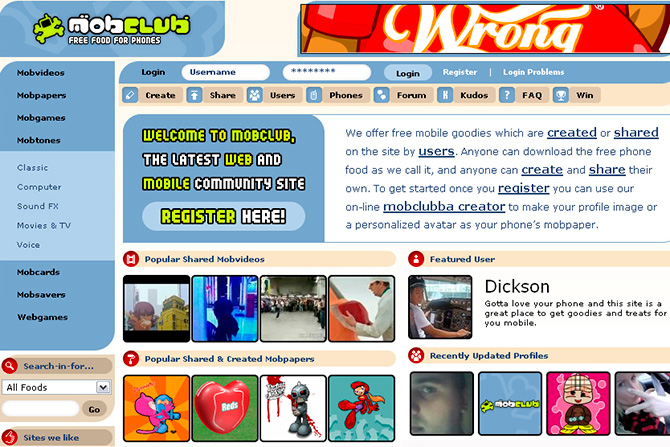
Mobclub
Free Online Content Creation Platform
A user-friendly online hub offering tools to create custom mobile wallpapers and share, upload, and download various types of mobile content. This platform empowers users to personalize their devices and engage with a vibrant community of content creators.
Pedz
Interactive Fitness Product for Kids
A fun and engaging product where children receive a stylish pedometer, or "Ped," that syncs with an online character. The more active the child, the healthier and more interactive their digital companion becomes—similar to a Tamagotchi. It encourages physical activity while blending the excitement of virtual play.

Wrong Clothes
Pioneering Flash eCommerce Website (2003)
A ground-breaking, fully immersive eCommerce website, one of the first in online retail. Built entirely from scratch using Flash MX and ASP.NET, this innovative site set new standards for digital shopping experiences in the early 2000s.
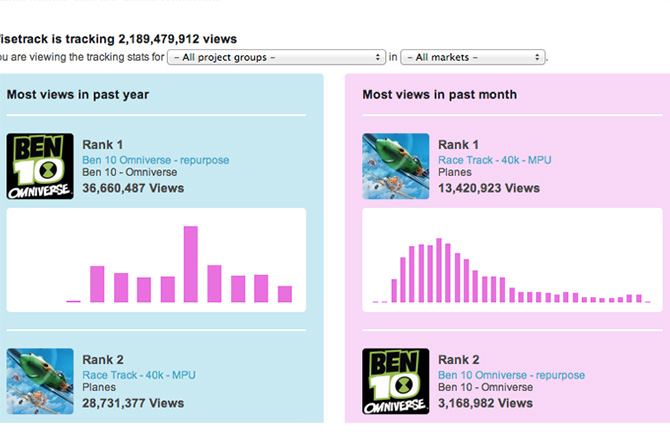
Wisetrack
Scalable Event Tracking System
A robust, scalable event tracking system designed to collect comprehensive insights across games, ads, websites, apps, and campaigns. This powerful tool enables data-driven decision-making, helping to shape and optimize future product development and marketing strategies.

Project Rockstar
MMORPG (2001–2011)
An immersive MMORPG that ran for a decade, bringing together a vibrant community of music-loving gamers. From its initial launch, it was clear this game would be a success, offering an enjoyable and engaging experience that resonated deeply with its players.
